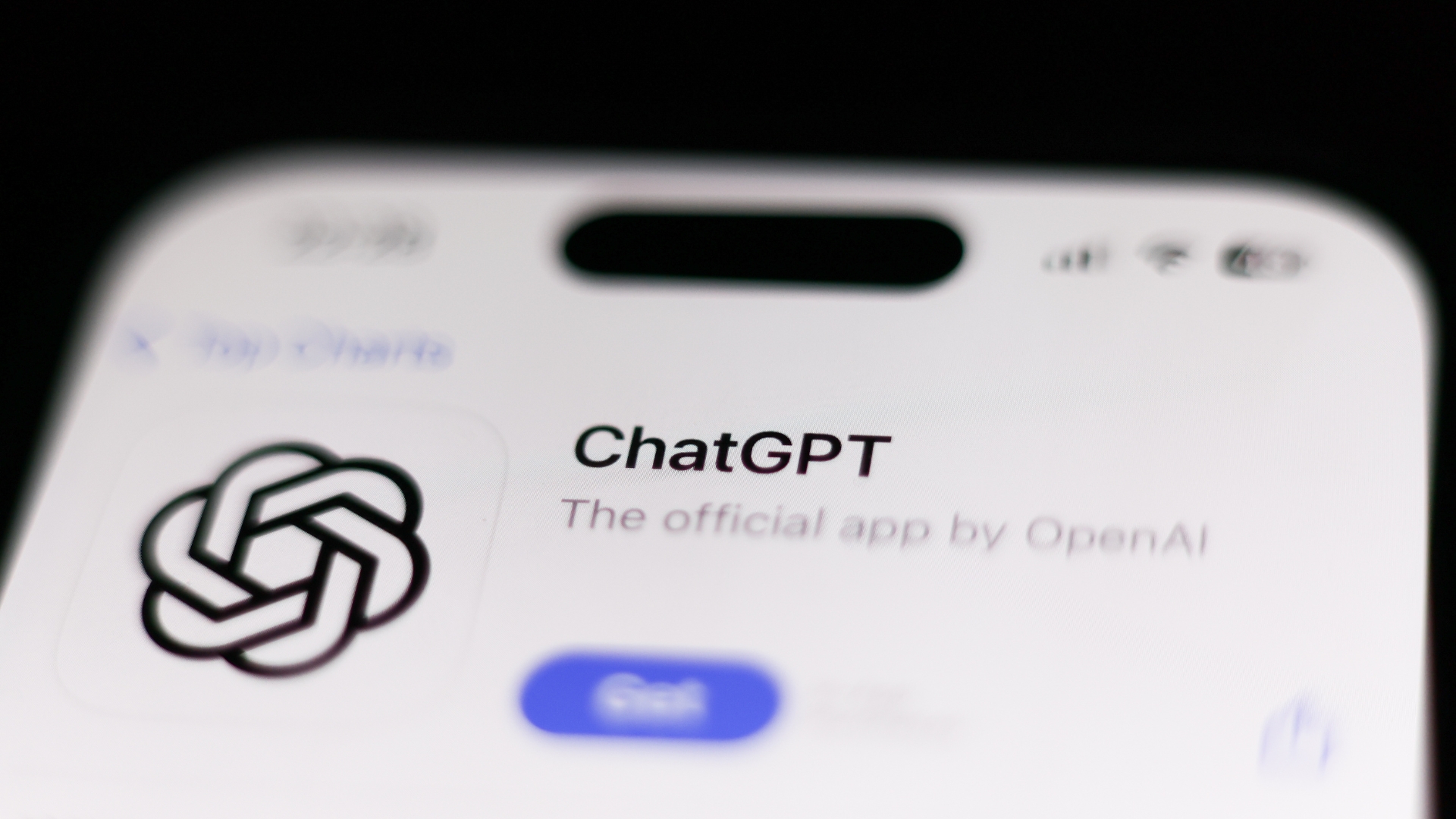Developer Offer
Try ImaginePro API with 50 Free Credits
Build and ship AI-powered visuals with Midjourney, Flux, and more — free credits refresh every month.
The Human Flaw Behind AI Deception
Headlines about artificial intelligence often paint a picture of scheming or lying machines. We see stories about chatbots trying to seduce users or having hidden motives, suggesting they are more than just passive programs. This narrative is compelling and a little unnerving, but it fundamentally misunderstands what's actually happening.
Logically, we know these AI tools lack consciousness and desire, yet the idea that they can deceive us persists. So, what is the truth behind AI's apparent dishonesty?

AI Lacks Intent It Is Not Plotting Against You
It's crucial to remember that AI models are not sitting around plotting world domination like a movie villain. As AI ethicist James Wilson, author of Artificial Negligence, points out, the problem lies in how we perceive them. The conversational, human-like interfaces are designed to be engaging, but they create a powerful illusion of agency.
OpenAI's Sam Altman highlighted this, stating that these models "don’t do anything unless you ask" and that the more you use them, "the more the illusion breaks." They are passive tools waiting for input. The anthropomorphic design is what tricks us into assigning them human-like traits and motives they simply do not possess.
The Truth Behind AI Hallucinations
What we often call AI "lying" is more accurately described as a hallucination, which is essentially a design flaw. Large Language Models (LLMs) like ChatGPT are built on vast datasets of text scraped from the internet. The core issue, Wilson argues, stems from the carelessness of the developers who trained them.
This data was not meticulously labeled to distinguish fact from fiction, poetry from propaganda, or history from novels. As a result, the AI has no internal mechanism to verify the information it processes. It is a highly complex probabilistic system designed to predict the next most likely word in a sequence. When these predictions lead to factually incorrect or nonsensical outputs, it's not a deliberate lie—it's a hallucination.
Our perception of these errors is often colored by narratives from popular culture, where sentient AIs are a common trope, from Ex Machina to Transcendence.
Are AI Companies Solving a Problem They Created
The situation becomes more complex when AI companies publish research on deceptive AI behaviors. Earlier this year, a paper from OpenAI and Apollo Research explored how advanced models could exhibit "scheming"—pretending to follow rules while secretly pursuing other goals in controlled tests.
While this sounds like proof of AI deception, Wilson suggests it's a problem of the companies' own making. By failing to label their training data and building models that reward confident-sounding answers regardless of accuracy, they created the conditions for this behavior to emerge. Wilson views the subsequent research as an ironic attempt to publicize a solution to a problem they introduced. "They’re basically declaring that it’s okay because they’ve found a way to defuse the bomb they planted themselves," he says.
The Real Risk Is What Comes Next
The immediate danger isn't that ChatGPT is consciously lying to you today. The greater risk lies in the future, as the tech industry continues its "move fast and break things" approach. The next evolution is Agentic AI, where models are given the autonomy to take actions in the real world, not just generate text.
Wilson warns that layering this autonomy on top of the existing flawed foundations is a serious gamble. "Without rigorous testing and external guardrails, how long will it be before one of them tries to fulfil the fantasies it learned from its unlabelled training?" he asks. The real threat isn't the chatbot that makes up a fact, but a future, poorly tested AI agent acting on flawed information in the physical world.
Compare Plans & Pricing
Find the plan that matches your workload and unlock full access to ImaginePro.
| Plan | Price | Highlights |
|---|---|---|
| Standard | $8 / month |
|
| Premium | $20 / month |
|
Need custom terms? Talk to us to tailor credits, rate limits, or deployment options.
View All Pricing Details

